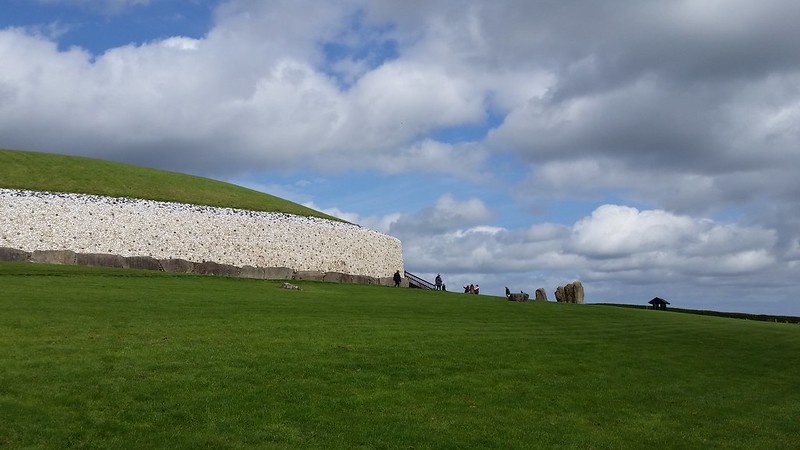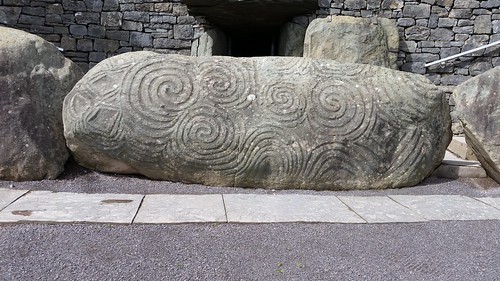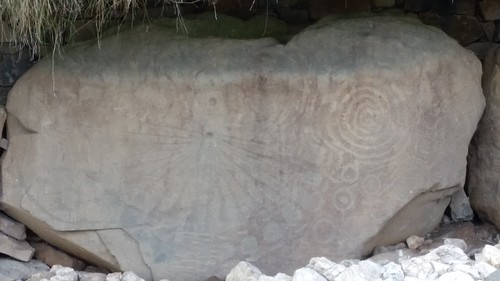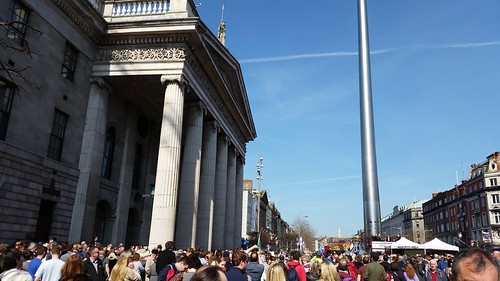I read last night that Clerys had closed yesterday. I never saw that coming.
When I drilled down and thought about it more, I realised that, well, I hadn’t been in there in years. And if I wasn’t alone, well then, I should have seen it coming. Running a business in the centre of Dublin is a risky and high cost endeavour. Clerys was a big shop and it needed people to buy a lot of stuff in there to keep it going. RTE reckon about 400 people will have lost their jobs from this. In an economy which is theoretically growing again, that’s a lot when we measure changes in the jobless rate in the low thousands.
The problem is, even if I hadn’t thought about Clerys specifically, I had thought about the problems which probably have befallen it. Basically, it’s on O’Connell Street and this is, in fact, a major problem for Clerys. No one goes to O’Connell Street to do much shopping. The other two big stores on the street profit from proximity to Henry Street and the General Post Office. Otherwise, O’Connell Street is a bit tumbleweedish. Mostly when I get a bus into town now, it’s to run quickly to Henry Street and then, when I come back, the trip to the bus stop home doesn’t take me past Clerys. And why would it? There’s nothing much else there.
I was at the Road to Rising event on Easter Sunday this year and for the duration of that, O’Connell Street was pedestrianised from Abbey Street North. The weather was stunning, and there was a lovely atmosphere. It really was wonderful. And unique. Most days, even when the weather is good, the atmosphere on O’Connell Street is one of people passing through. You’d hardly know it existed really.
But O’Connell Street is a beautiful wide street and if, dispassionately, we considered reconfiguring the city to pedestrianise it, and reconsidered the businesses which open there – very few of which are attractive businesses for footfall – and turned into into a genuine city centre plaza, we could do a lot to open up the heart of the city. It would be a huge job and the sad thing for Dublin is that they take huge jobs with a lot of reluctance. In some respects, I’m amazed Grafton and Henry Streets ever got pedestrianised. The idea that you’d shut down O’Connell Street to motorised traffic, including buses, is something that would cause heart attacks all across the way. A city with a bunch of lovely, well presented shops, and nice café (and not just the fast food chains and a few pharmacies) and terraces. Instead of making O’Connell Street a arterial thoroughfare, which is basically what it is now, we could make it into a central civic square that people go to for the same of going there, to meet friends, have coffee and do some shopping.
In that context, a store like Clerys might have a future, and the rest of the small shops around O’Connell Street might be more interesting shops. In many respects, it could probably draw more shopping around it because Henry Street is already a decent store.
But even if we started to do it today, it’s too late to save Clerys and it’s too early to draw someone like Brown Thomas or even Marks and Spencers to the Clerys building.
Most of O’Connell Street was built in the early 20th century because lots of it was levelled between the 1916 Rising and the War of Independence. A lot of the buildings, with some notable exceptions, are actually beautiful building. There is also some thought going into development around Parnell Square, another vaguely grimy part of town.
It seems to me sometimes, we have no vision for Dublin as a city. Dublin people seem to get very defensive about the idea that the city isn’t already perfect, which it isn’t, as anyone who navigates the public transport system would attest, and so discussions are often inconclusive.
Owen Keegan, the city manager, is looking at traffic and moving people around. I wish we would start the dialogue in terms of what we want the city to look like, rather than how to move people around. The second might come easier then. I just can’t see it happening.




